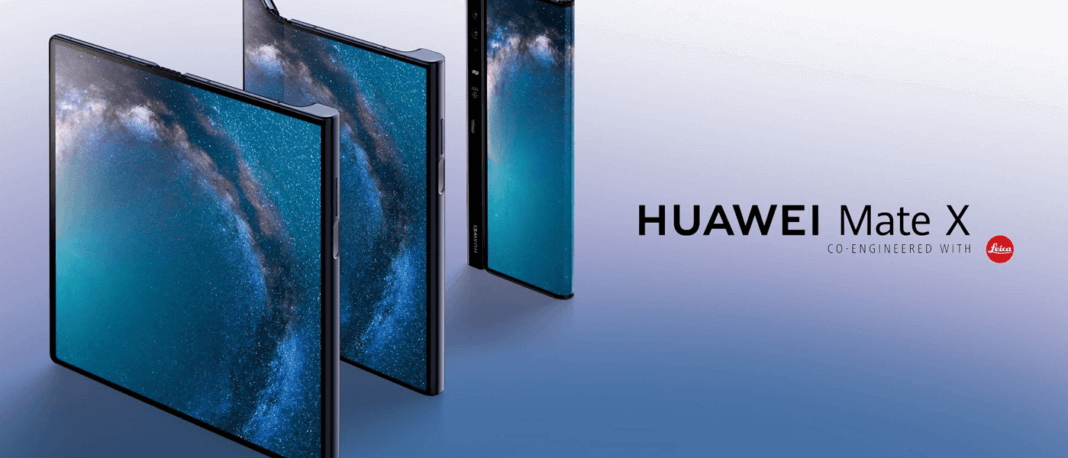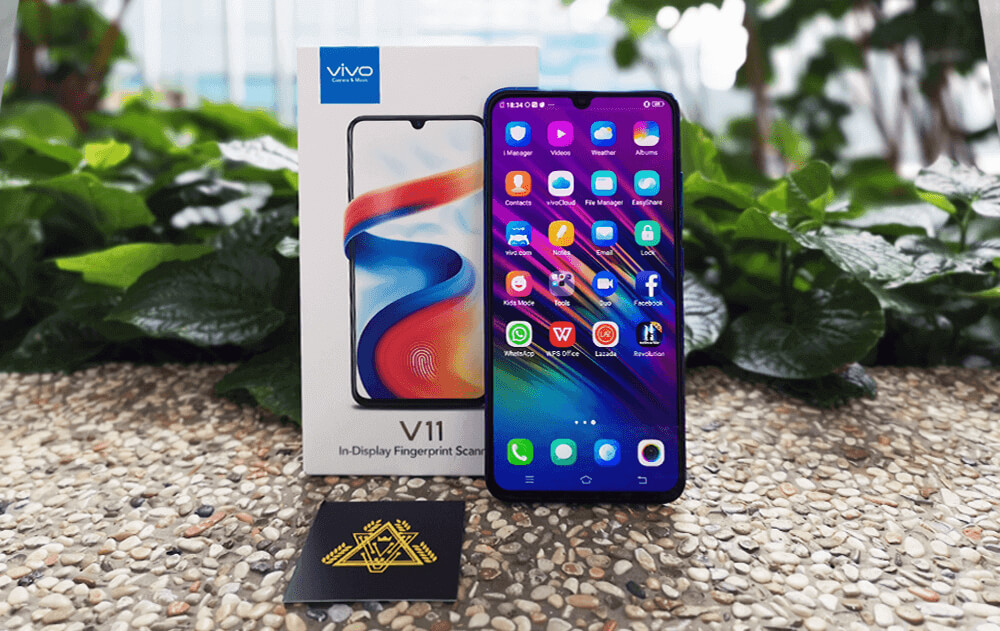Huawei’s foldable phone made its debut at Mobile World Congress (MWC) on 24 February, and it’s the most impressive attempt yet at creating a new consumer tech category of both a smartphone and a tablet. The Huawei Mate X, priced at 2,299€ (about US$2,600), was also geared for next-generation 5G mobile connections, even as the United States campaigns to ban the Chinese company from such networks due to security concerns. This announcement came just four days after rival Samsung unveiled the Samsung’s Galaxy fold last week, making Huawei the second smartphone company to launch a foldable smartphone. However, this impressive folding smartphone has stolen the MWC crown right from under Samsung’s nose.
Huawei, the third-largest smartphone company in the world after Samsung, said it had taken the lead on developing phones for 5G – which promise super-fast internet speeds for both the consumers and businesses as the company was also involved in developing the networks.
In the past, the industry was always waiting for Apple to popularize new product categories and to innovate new technology, as it did with the launch of the original iPhone as one of the first smartphone and iPad for tablets, but now the rest of the smartphone manufacturer is forging ahead. Huawei’s presence at the MWC is more than just about the launch of a single phone. The industry sees the debut of foldable devices as a defining moment in tech history, akin to the launch of the original iPhone, and Huawei aims to be at the forefront.
Huawei Mate X
The Huawei Mate X is a folding smartphone with a flexible screen that bends around the exterior of the device. It folds into a slim 6.6-inch smartphone, and when unfolded it becomes an 8-inch tablet. Unlike the Galaxy Fold, which features a larger display that folds inward like a book, the Mate X unfolds outward with a large continuous display. Huawei also said that it has been working on the Falcon Wing Mechanical Hinge for three years and that there’s no gap (unlike the Galaxy Fold) thanks to a patented hinge with over 100 components inside. The smartphone is 5.4mm thick versus the Galaxy Fold’s 6.9mm and 11mm thick when closed, compared to the Fold at 17mm.
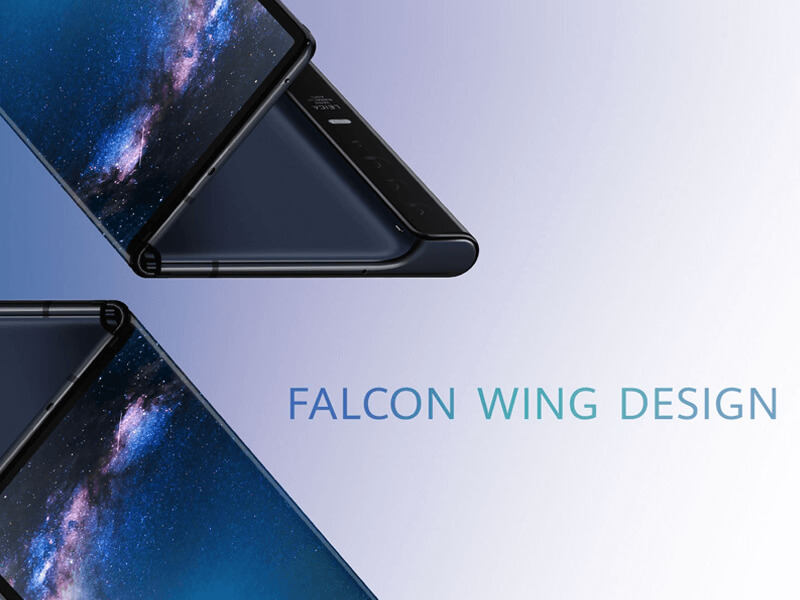
The company also boasted that at 5.4mm thick, it is even slimmer than the new iPad Pro. It makes the Huawei Mate X very portable and can be placed inside a jacket pocket while allowing you to enjoy the benefits of a more immersive viewing experience.
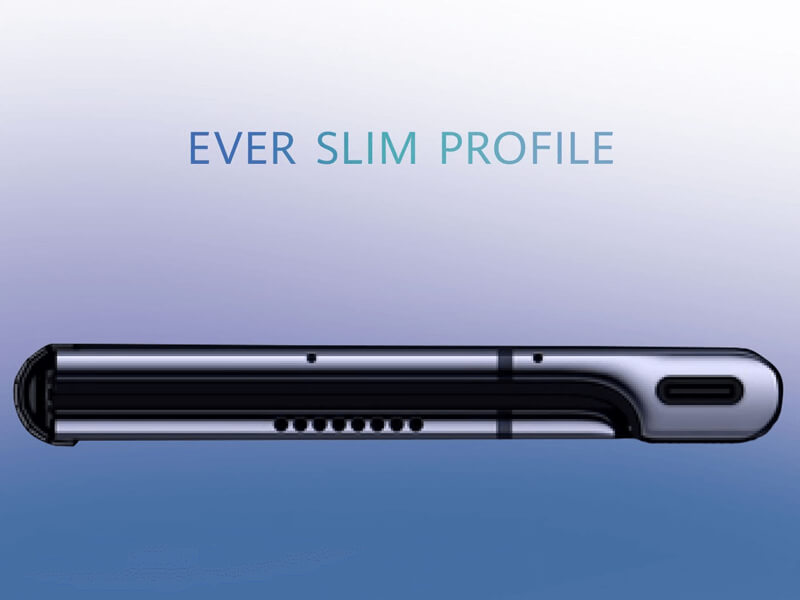
Huawei Mate X features two FullView Display panels in 6.6-inch and 6.38-inch sizes that together bring an 8-inch OLED FullView Display panel when unfolded. When folded, the device offers a 6.6-inch display at the front with 1148×2480 pixels and 19.5:9 aspect ratio. At the back, the smartphone has a 6.38-inch display with 892×2480 pixels and 25:9 aspect ratio.
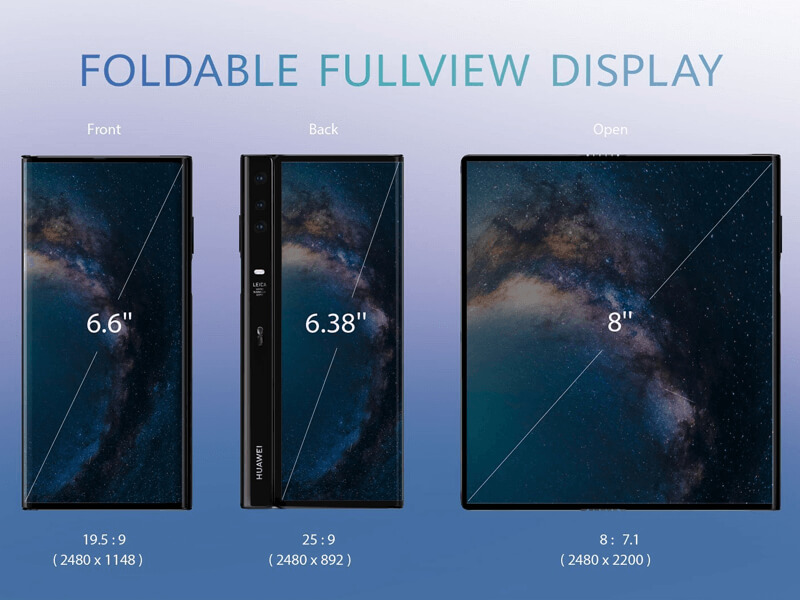
The smartphone also has a multi-lens Leica camera system supporting one of the most advanced imaging features which are integrated on the front and back of the device. This setup allows you to have the same quality camera for taking selfies as it does for rear-facing images.
The smartphone’s high-capacity 4500mAh battery supporting the world’s fastest 55W Huawei SuperCharge, which debuts on the Huawei Mate X, not only surpasses the 40W charging in the Huawei Mate 20 Pro, but it can also power up the phone from from 0% to 85% in just 30 minutes. Pairing with the AI smart power-saving technology, the smartphone is capable of ensuring a longer battery life between charges.
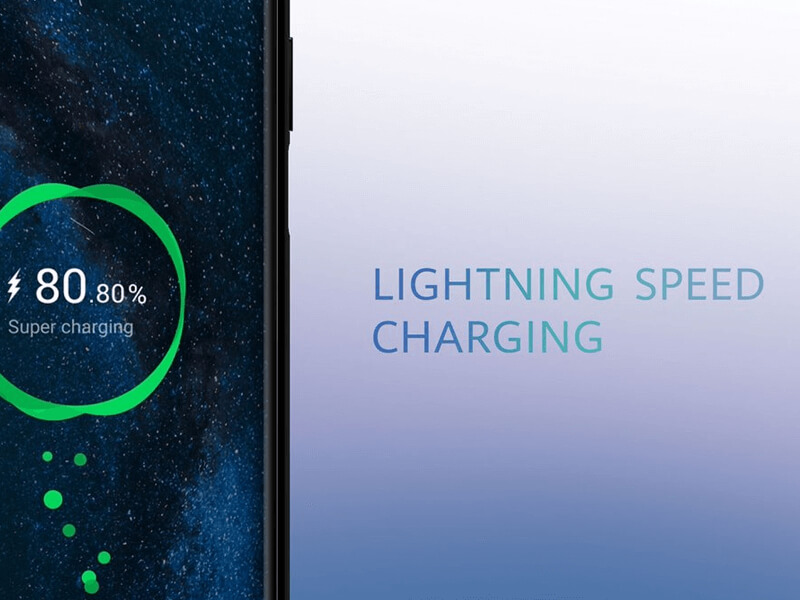
Powered by a Kirin 980 processor and Huawei’s own HiKirin Balong 5000 5G modem chip, the Mate X boasts a dual sim (with four integrated 5G antennas) that provides access to 2G, 3G, 4G and 5G network signals across the world. The Quad 5G antenna design allows theoretical downloads of up to 4.6Gbit/s, thanks to carrier aggregation and uplink/downlink decoupling.
Other features include a split screen mode catered for multitasking, which allows users to write emails or manage files while browsing the internet or watching a video. A fingerprint recognition sensor is also integrated in the power switch button, enabling users to securely open the device with just one touch.
While Samsung’s Galaxy X will set buyers back US$1,980, Huawei’s Mate X comes at an even higher pricing of US$2,600 and will be available to purchase by the summer of 2019.
